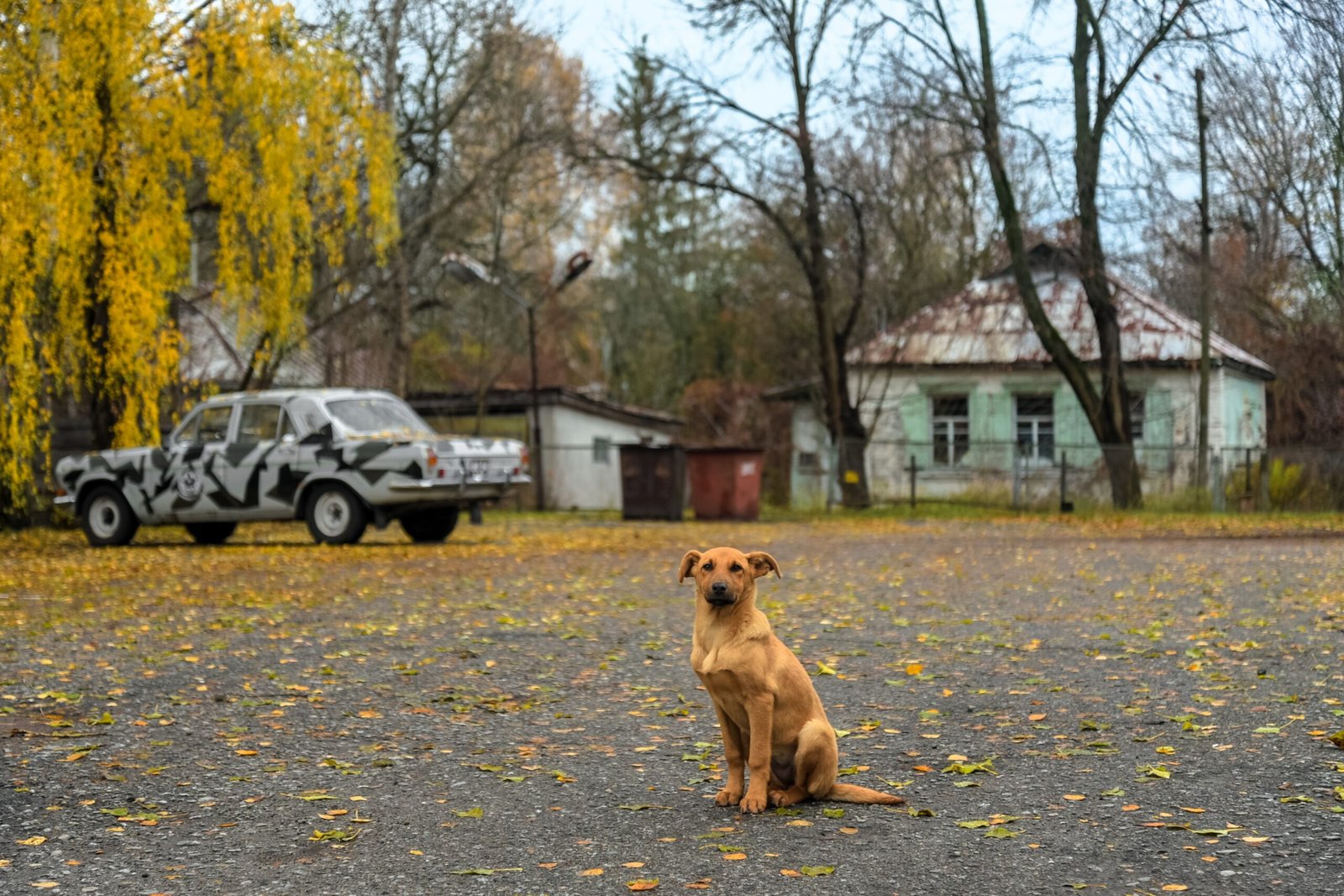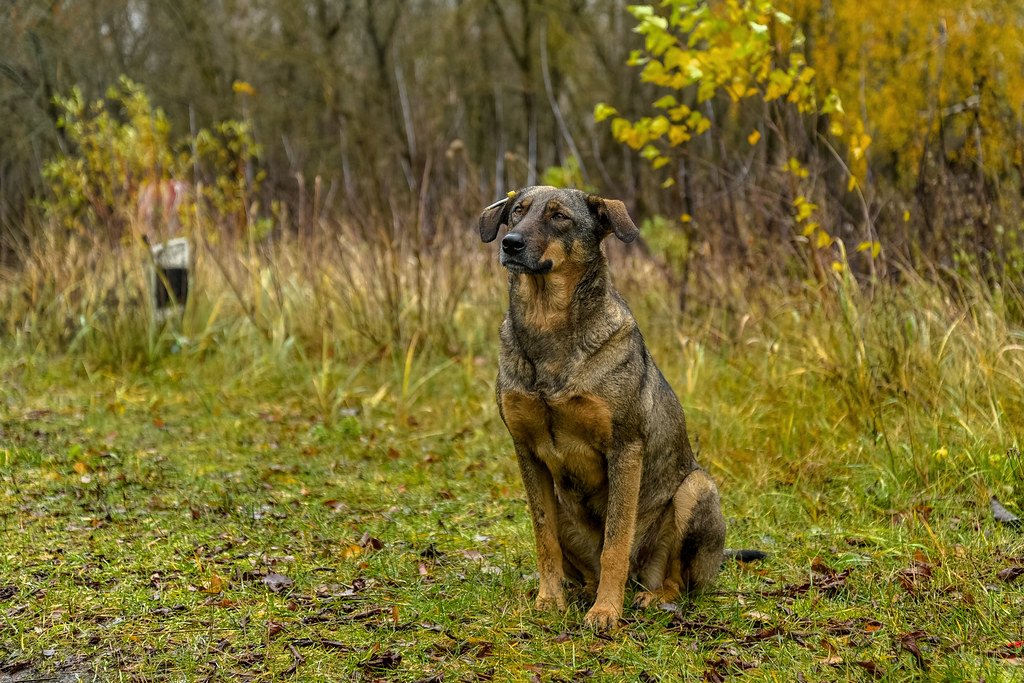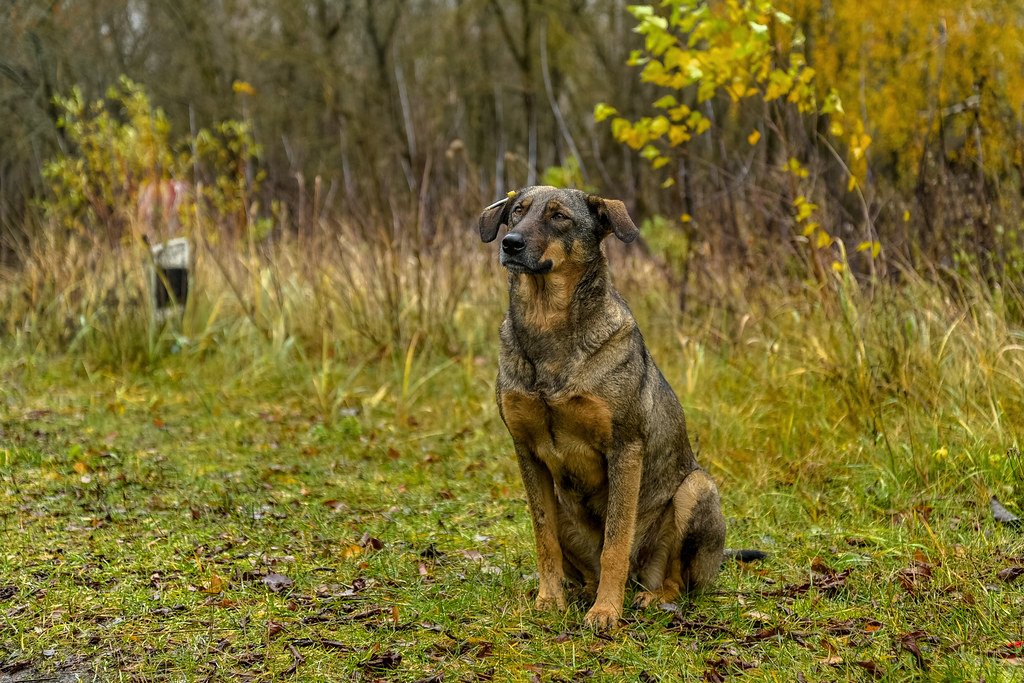In the shadow of one of the world’s most devastating nuclear disasters, a different kind of survival story is unfolding. It’s not about humans fleeing in terror or barren wastelands devoid of life. Instead, it’s about courage on four legs, resilience in the face of radiation, and genetic mysteries that are just beginning to surface. The story of the Chernobyl dogs is one that challenges everything we thought we knew about evolution, adaptation, and the power of life to persist in the most hostile environments imaginable.
The Radioactive Legacy Living on Four Legs

When most people think of Chernobyl, they imagine empty buildings, rusted machinery, and invisible dangers lurking in the air. But nearly four decades later, the Chernobyl Power Plant and many parts of the surrounding area remain uninhabited—by humans, at least. Animals of all kinds have thrived in humanity’s absence. Living among radiation-resistant fauna are thousands of feral dogs, many of whom are descendants of pets left behind in the speedy evacuation of the area so many years ago.
These aren’t just any dogs wandering around – they’re the descendants of beloved family pets who were suddenly thrust into an unforgiving world when their owners were forced to leave everything behind in 1986. “Somehow, two small populations of dogs managed to survive in that highly toxic environment,” head researcher Dr. Norman J. Kleiman remarked. Dr. Kleiman’s team discovered significant genetic differences between two groups of dogs. One group roams near the former Chernobyl reactors, while the other lives about 10 miles away in Chernobyl City. This finding suggests that these are two distinct populations that rarely interbreed.
The Groundbreaking DNA Discovery

What scientists discovered when they dove deep into the genetic makeup of these Chernobyl survivors is nothing short of extraordinary. The study uncovered that the feral dogs living near the Chernobyl Power Plant showed distinct genetic differences from dogs living only some 10 miles away in nearby Chernobyl City. A study analyzed the DNA of 302 feral dogs living near the power plant, compared the animals to others living 10 miles away, and found remarkable differences. Think about that for a moment – just 10 miles of distance, but genetically, these dogs might as well be living on different planets.
This study published in the journal Science Advances in 2023 marks the first time scientists have delved into the genetic makeup of stray dogs living near the Chernobyl nuclear power plant. “In addition to classifying the population dynamics within these dogs at both locations, we took the first steps towards understanding how chronic exposure to multiple environmental hazards may have impacted these populations,” Dr. The implications are staggering – we’re potentially witnessing evolution in fast-forward mode.
Living Laboratories in a Radioactive World
The Chernobyl Exclusion Zone has become something scientists never anticipated: a massive outdoor laboratory where evolution might be accelerating. As the world’s greatest nuclear disaster approaches its 40th anniversary, biologists are now taking a closer look at the animals located inside the Chernobyl Exclusion Zone (CEZ), which is about the size of Yosemite National Park, and investigating how decades of radiation exposure may have altered animals’ genomes—and even, possibly, sped up evolution. It’s like having a window into Darwin’s theories playing out in real time, except the selective pressure isn’t a changing climate or new predators – it’s invisible radiation that could fundamentally alter DNA itself.
We characterize the genetic structure of 302 dogs representing three free-roaming dog populations living within the power plant itself, as well as those 15 to 45 kilometers from the disaster site. Genome-wide profiles from Chernobyl, purebred and free-breeding dogs, worldwide reveal that the individuals from the power plant and Chernobyl City are genetically distinct, with the former displaying increased intrapopulation genetic similarity and differentiation.
The Complexity of Survival in Toxic Terrain
But here’s where the story gets really fascinating – and complicated. While this may seem to heavily imply that these dogs have undergone some type of rapid mutation or evolution due to radiation exposure, this study is only a first step in proving that hypothesis. However, one environmental scientist, speaking with Science News, says that these studies can be tricky business, largely due to the fact that sussing out radiation-induced mutations from other effects, like inbreeding, is incredibly difficult. The dogs aren’t just dealing with radiation – they’re navigating a cocktail of environmental hazards.
Abandonment of military and industrial facilities, as well as subsequent cleanup and remediation efforts, resulted in further environmental contamination by a variety of non-radioactive toxic metals, chemicals, and compounds. Earlier studies investigated local wildlife responses to some of these exposures. It’s like trying to solve a puzzle where half the pieces are invisible and the other half keep changing shape.
Genetic Markers and Mysterious Adaptations
The most intriguing part of this research might be what scientists are finding hidden in the dogs’ DNA. Moreover, some of these markers are pointing to genes associated with genetic repair; specifically, with genetic repair after exposures similar to those experienced by the dogs in Chernobyl. Imagine that – dogs that might have developed enhanced abilities to fix their own DNA damage, like biological superheroes with invisible powers. According to Dr. Matthew Breen from NC State, “The overarching question here is: does an environmental disaster of this magnitude have a genetic impact on life in the region?”
By analyzing the dogs’ DNA, the team identified 391 outlier regions in their genomes that differed between the two groups. “Think of these regions as markers, or signposts, on a highway. They identify areas within the genome where we should look more closely at nearby genes,” Dr. These genetic signposts could be the key to understanding how life adapts to what should be impossible conditions.
The Ongoing Scientific Mystery
Despite all these fascinating discoveries, scientists are being remarkably cautious about jumping to conclusions. Despite these intriguing findings, the researchers caution that there’s still much to learn. “At this stage we cannot say for sure that any genetic alterations are in response to the multigenerational and complex exposures; we have a lot more work to do to determine if that is the case,” Dr. Breen added. Ph.D. candidate Megan Dillion, a lead author of the study at NC State, is eager to dig deeper. “The question we must answer now is why are there striking genetic differences between the two dog populations?” she said. The question of whether radiation has caused the dogs of Chernobyl to “evolve” remains open—but the most rigorous studies to date suggest no clear evidence of radiation-driven mutations or adaptations. The question of whether radiation has caused the dogs of Chernobyl to “evolve” remains open—but the most rigorous studies to date suggest no clear evidence of radiation-driven mutations or adaptations.
The dogs of Chernobyl continue to challenge our understanding of evolution, survival, and the incredible adaptability of life itself. Whether their genetic differences are the result of radiation, isolation, or other environmental factors, one thing is certain – they’re teaching us that life finds a way, even in the most unexpected and hostile places. As scientists continue unraveling this genetic puzzle, these remarkable canines serve as living reminders of resilience, adaptation, and the endless capacity for survival that exists in the natural world. What would you have guessed about evolution’s speed in such extreme conditions?

Andrew Alpin from India is the Brand Manager of Doggo digest. Andrew is an experienced content specialist and social media manager with a passion for writing. His forte includes health and wellness, Travel, Animals, and Nature. A nature nomad, Andrew is obsessed with mountains and loves high-altitude trekking. He has been on several Himalayan treks in India including the Everest Base Camp in Nepal.






